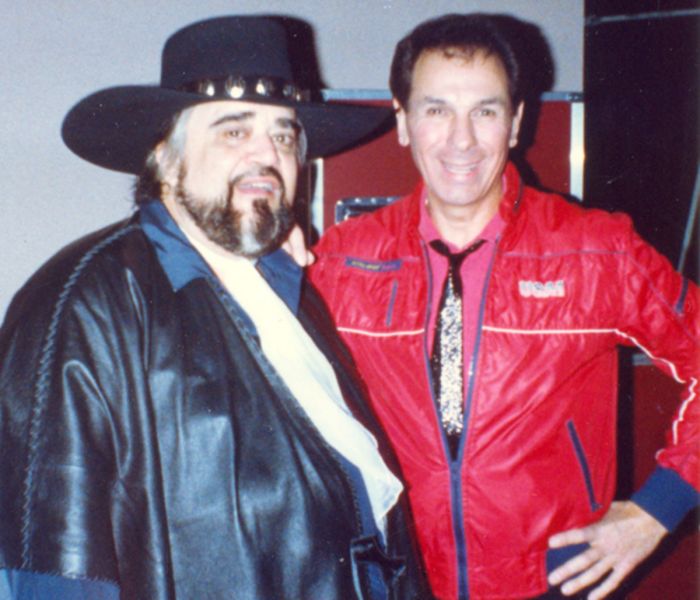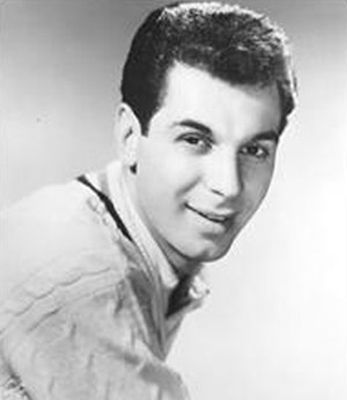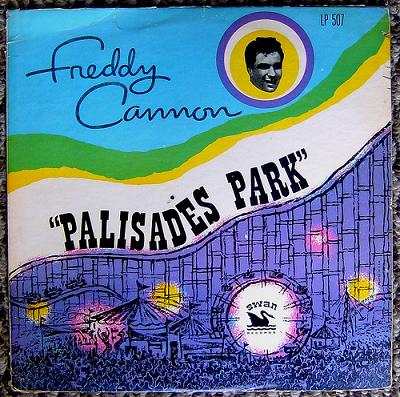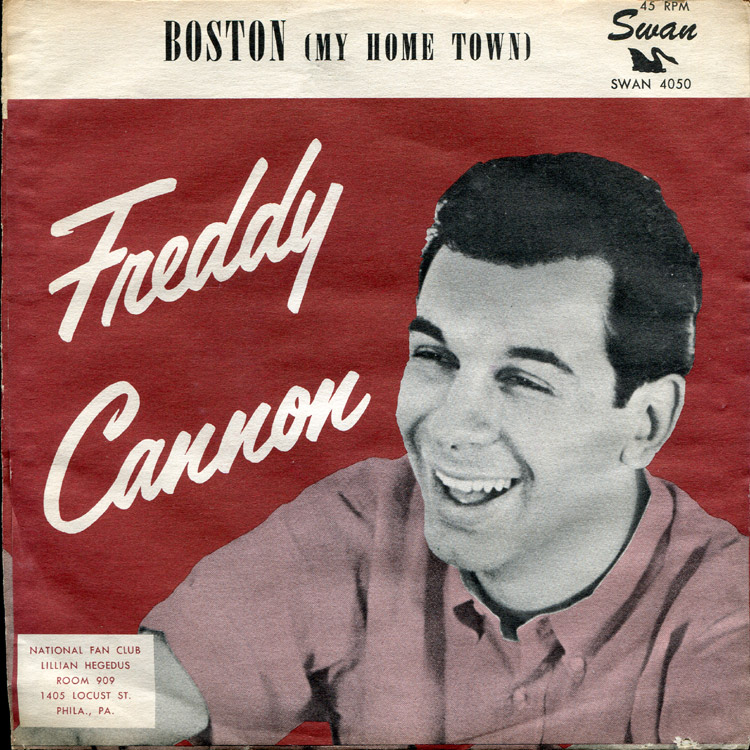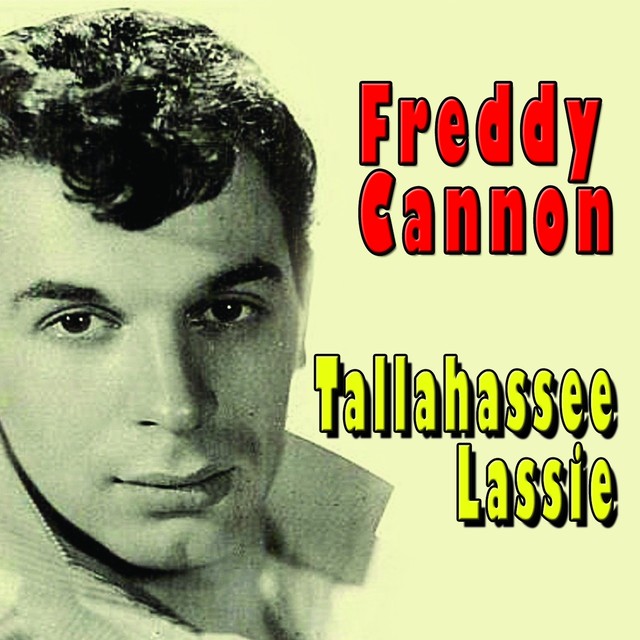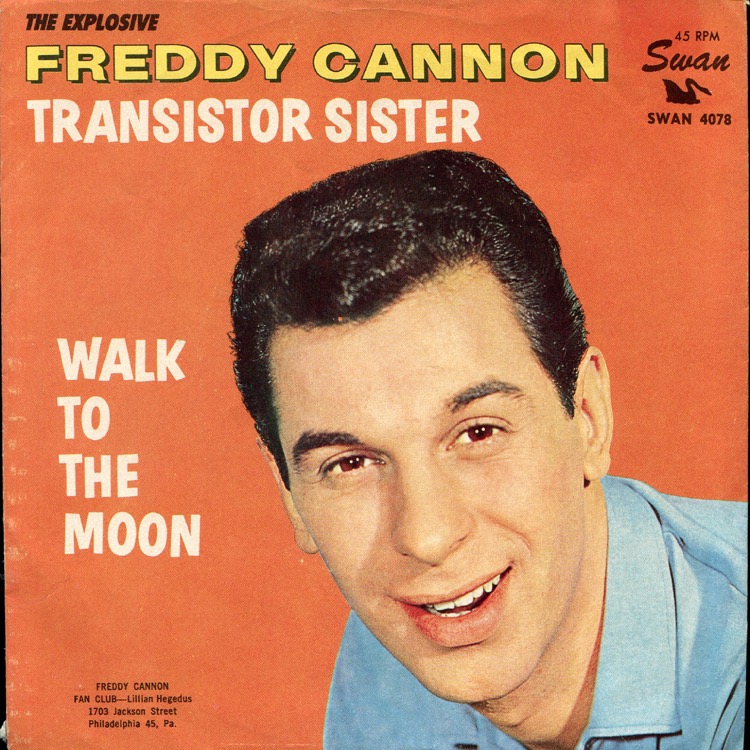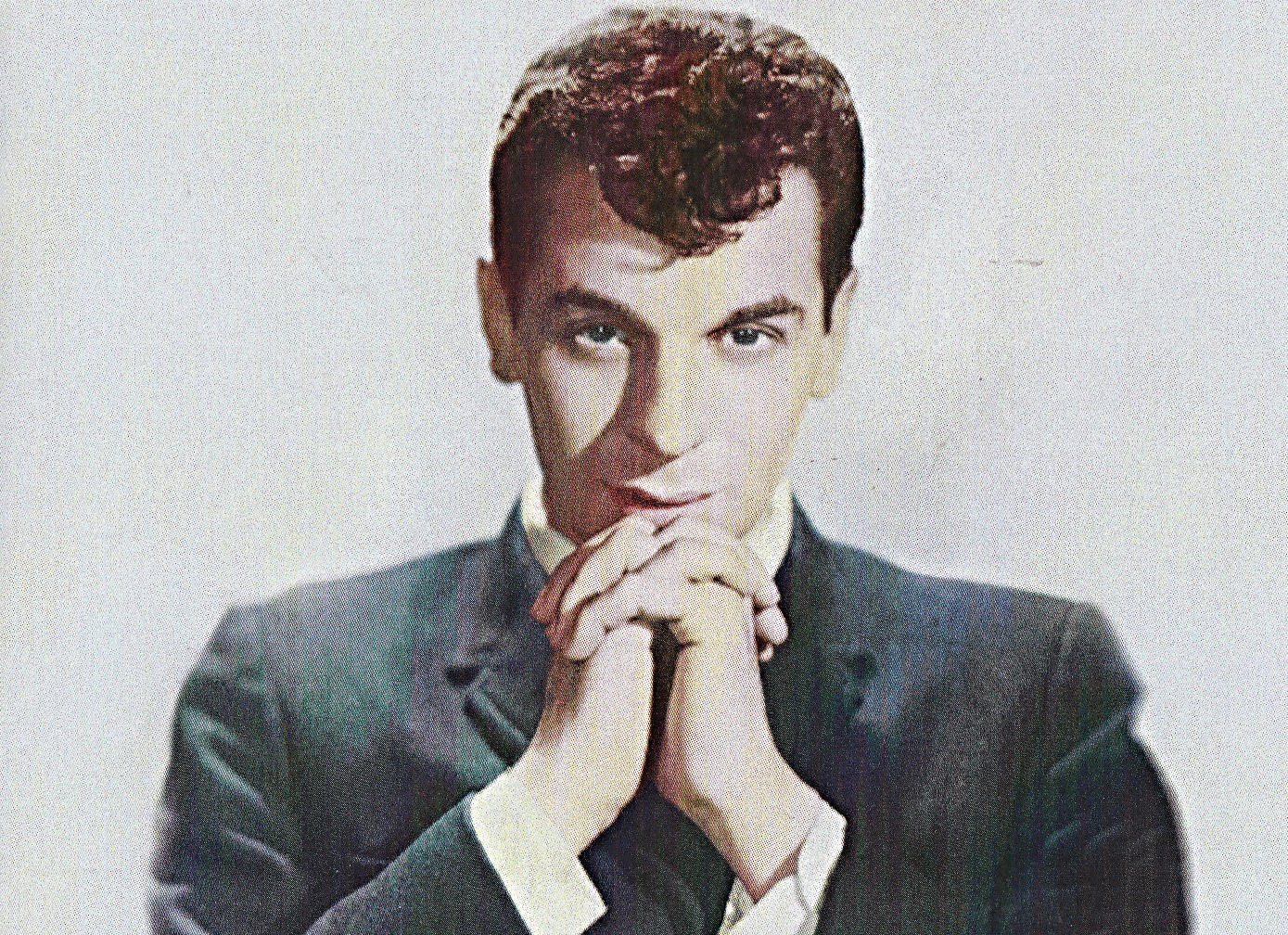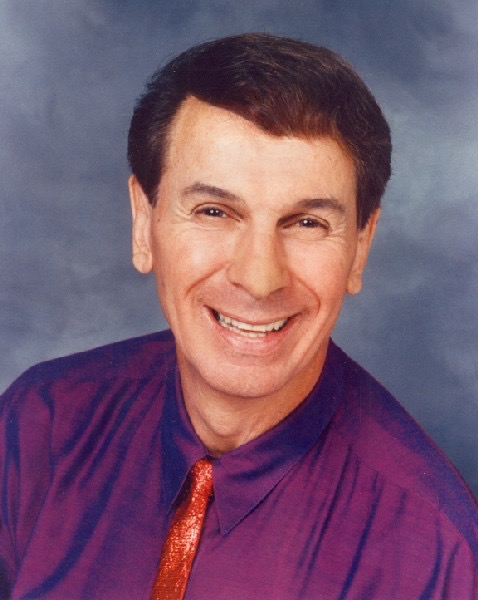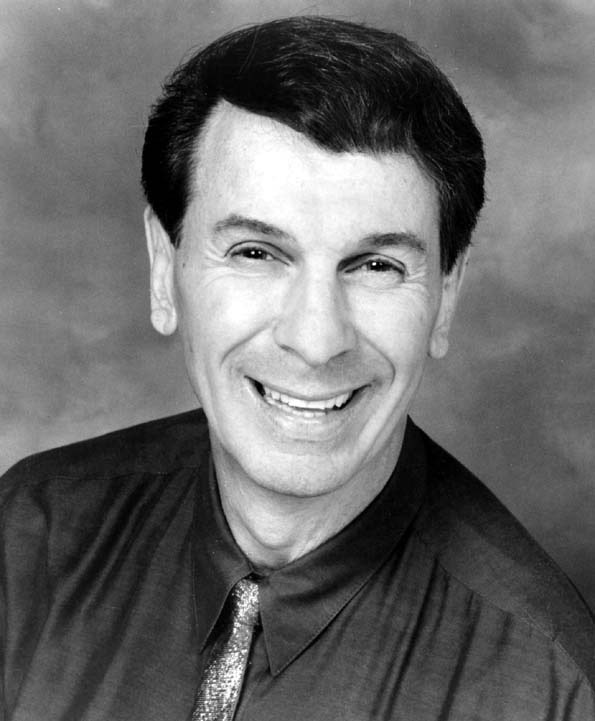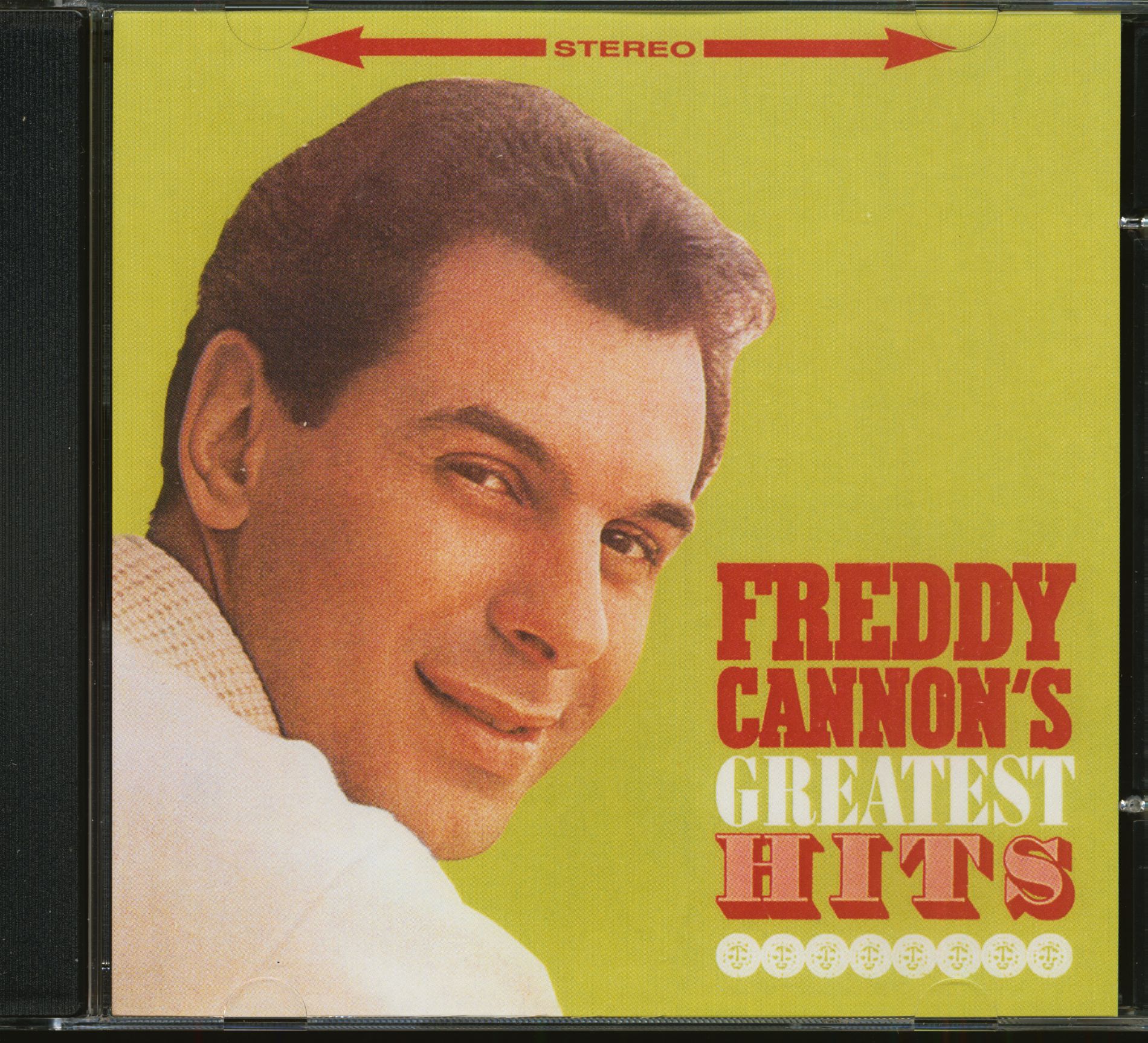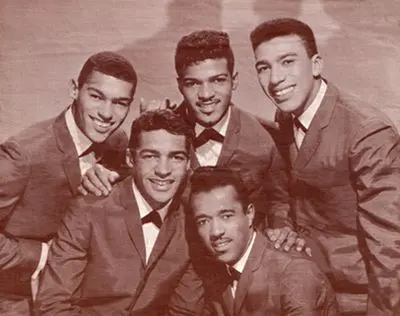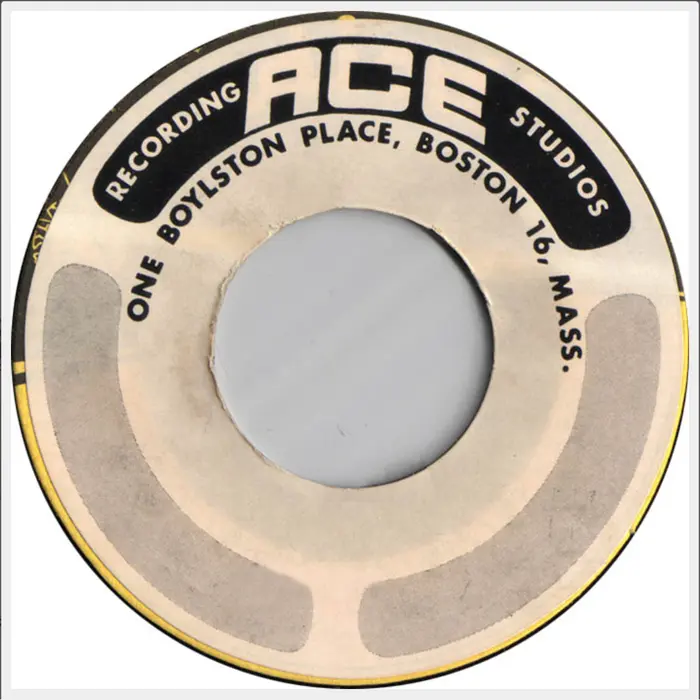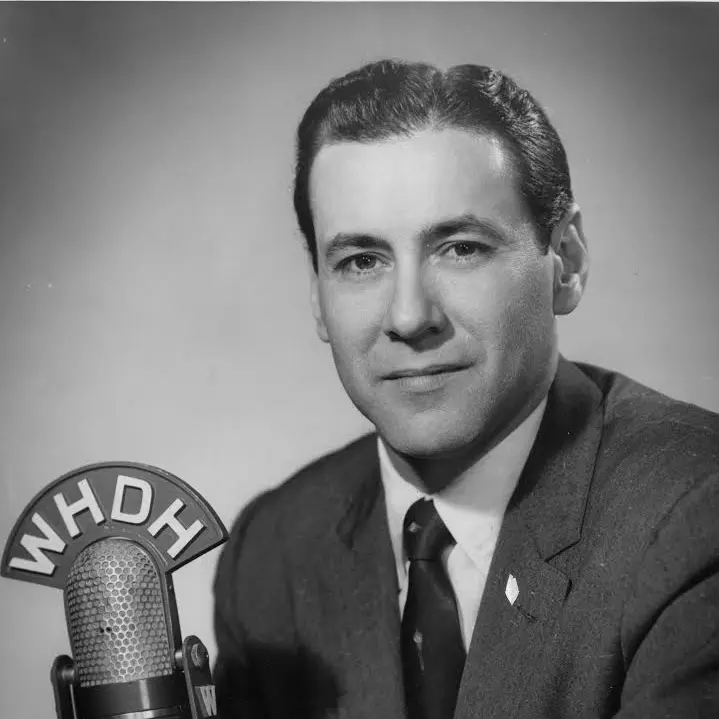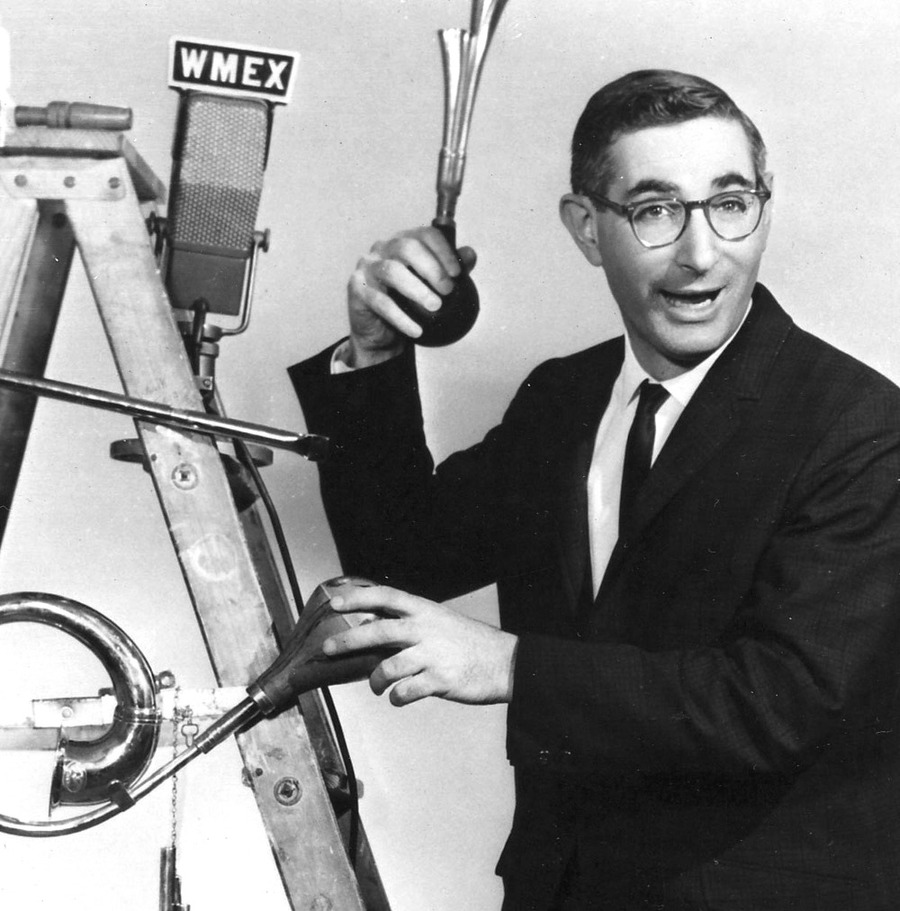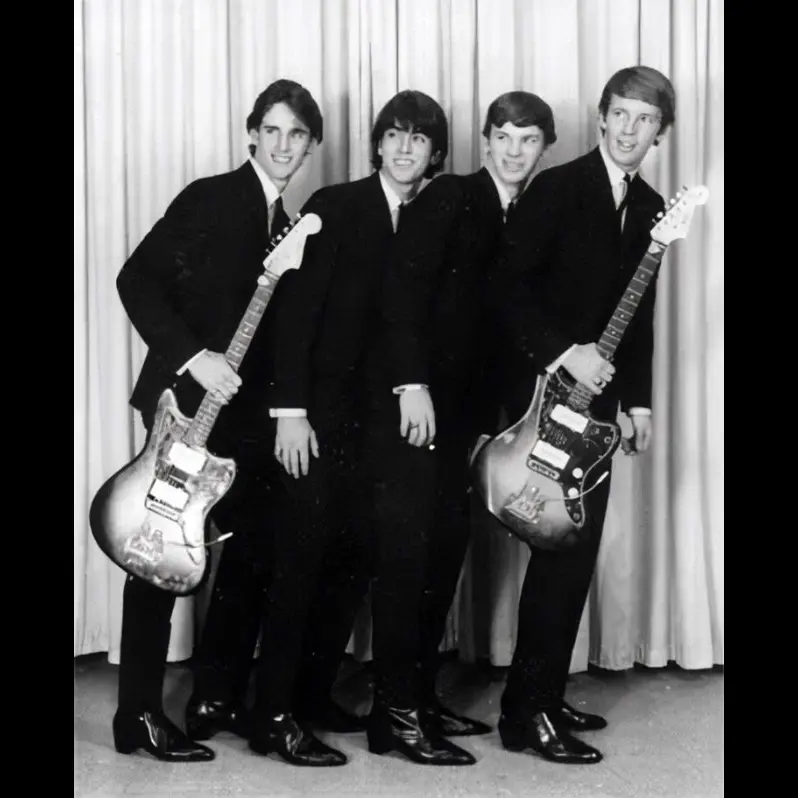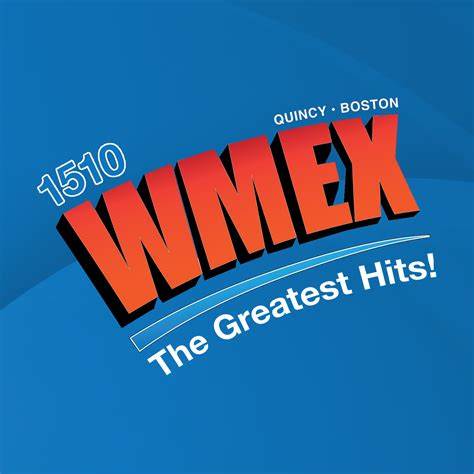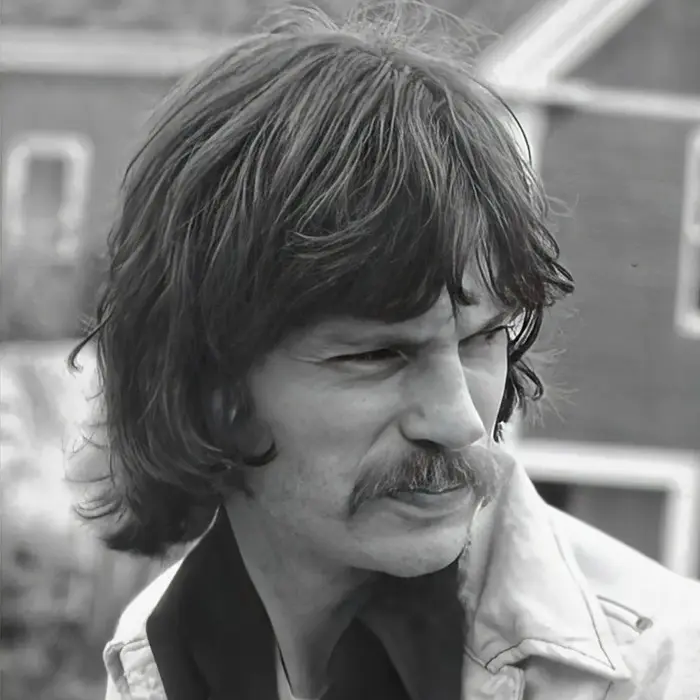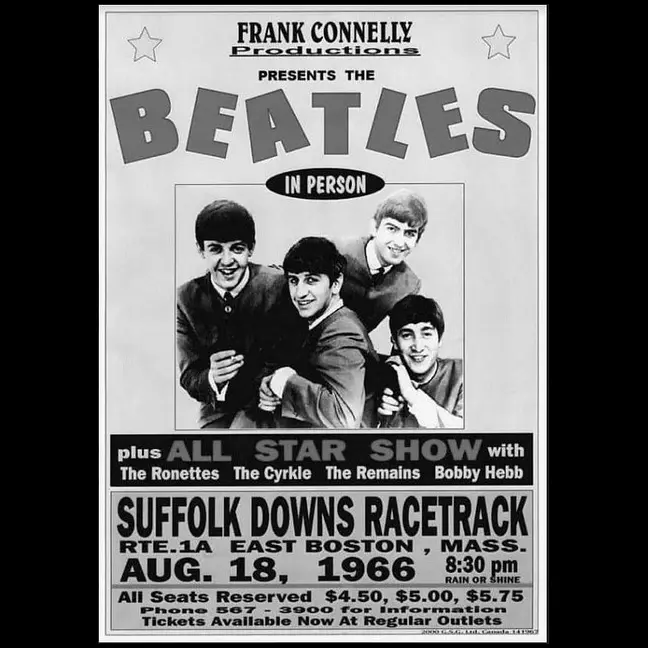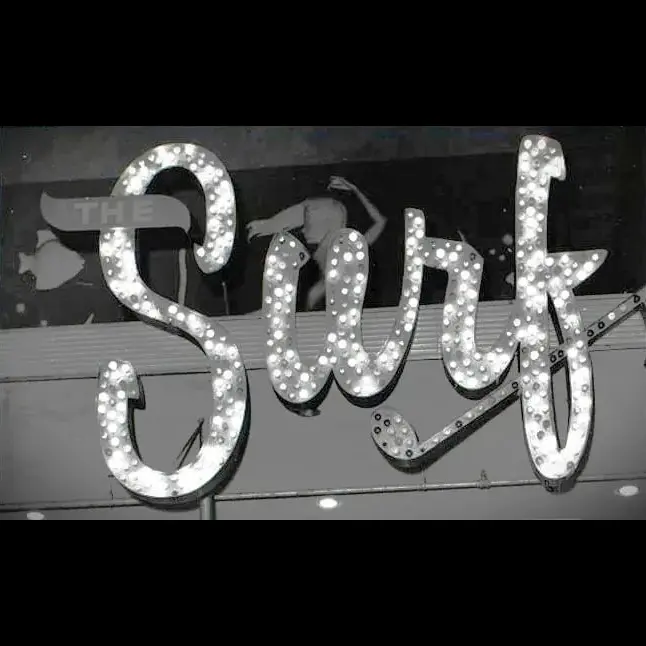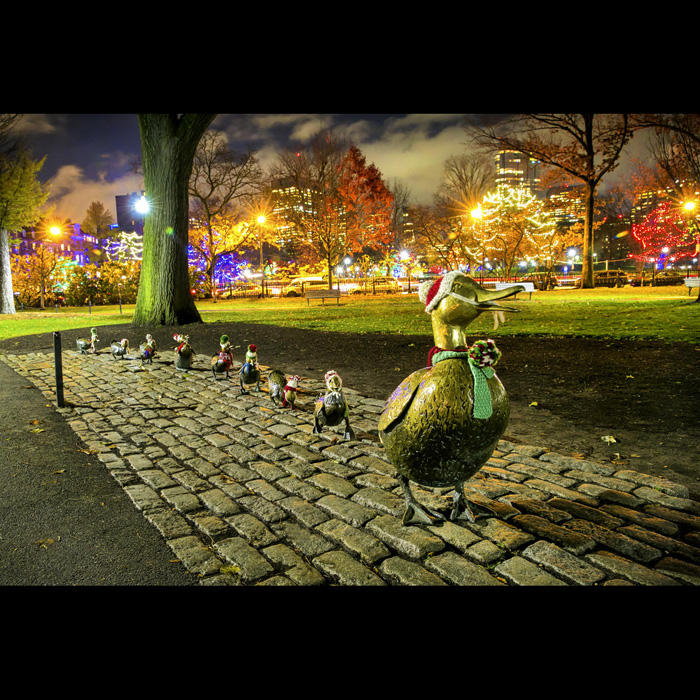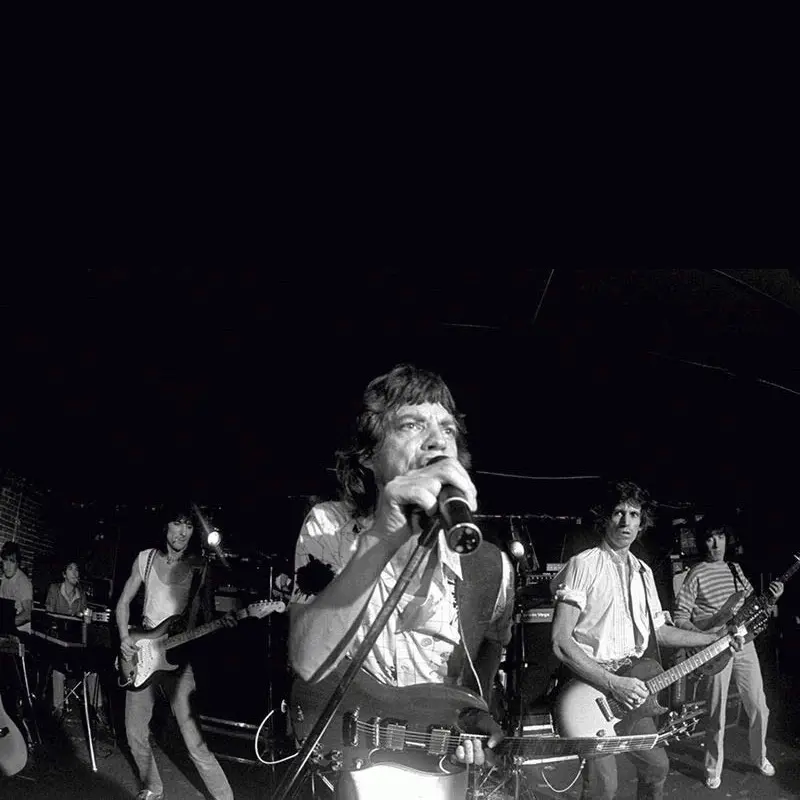Freddy Cannon
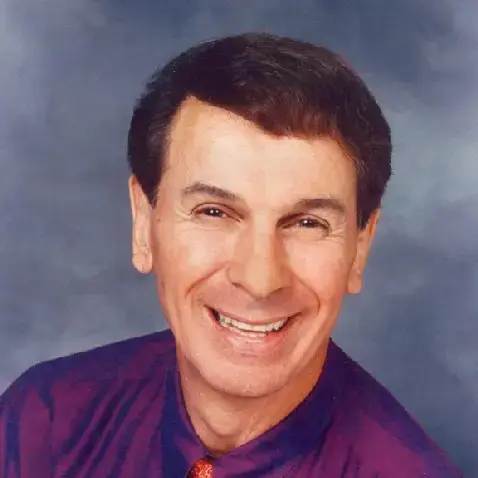
If you’re not familiar with Freddy Cannon’s thunderous, ever-upbeat sound, the key’s in his nickname, “Boom Boom.” Listen to any of his hits and you’ll get it, even if the volume’s turned down to almost zero. And Cannon would have it no other way.
Respected for never having sacrificed his bare-bones approach to become cheesy tuxedo-clad supper-club schmaltz the way many early rock icons did – and for being the most frequent guest on American Bandstand with a whopping 110 appearances – Cannon fused the raw energy and live dynamism of his boyhood idols Bo Diddley, Little Richard and Chuck Berry into something entirely his own. In doing so, he showed an unwavering commitment to his noisy, sweaty, heart-pounding craft, using a scrappy, stripped-down musical model even when squeaky-clean doo-wop groups and ersatz pop idols were dominating the charts.
During the lull between rock’s original superstars in the mid-‘50s and those of the mid-’60s, Cannon was by far the rowdiest rocker on both sides the Atlantic, a clean-cut Eddie Cochran whose debut album was the first record categorized as “rock” to hit #1 in the UK – three full years before The Beatles’ debut album reached that prized position.
Musical beginnings
Born Frederick Anthony Picariello on December 4, 1940 in Revere, Massachusetts, and raised in nearby Lynn, Cannon’s father was a truck driver who played trumpet and sang in local combos on the side using the stage name Freddy Karmon. His mother was an amateur songwriter who penned most of the lyrics to Cannon’s first hit, “Tallahassee Lassie.”
In his early teens, he listened to the radio constantly, especially drawn to R&B heavyweight Big Joe Turner, jump-blues giant Buddy Johnson and, most of all, Chuck Berry. “To me, Chuck Berry is bigger than Elvis Presley, bigger than The Beatles, bigger than anybody,” he said in 2017. “Here’s a guy who was copied by everybody. Without Chuck, you wouldn’t have rock ‘n’ roll music.”
Cannon began playing guitar around age 13 and watched American Bandstand almost daily from its premiere episode in 1952, four years before one of his future best friends, Dick Clark, became the host in 1956. “When I heard Big Joe Turner’s ‘Shake, Rattle and Roll’ in 1954, I knew that was a sound that was going to happen,” he said in 2013. “But I figured if I ever made it, I’d be doing dance music, ’cause my songs were rockin’. Then, when I saw Chuck Berry do ‘Maybelline’ in concert in 1956 in Worcester [at Memorial Auditorium], that put the stamp right on it. He had that crowd eating right out of his hand.”
Early recordings, Freddy Karmon & the Hurricaines
In 1956, while a student at Lynn Vocational High, Cannon played lead guitar on local doo-wop/R&B group The G-Clef’s single “Ka-Ding Dong” – recorded at Ace Recording Studios in Boston – which reached #24 in the Billboard Top 100 and was the first rock/pop track out of Boston to make the national charts. In 1958, Cannon sang and played rhythm guitar on The Spindrifts’ local hit “Cha-Cha-Do” while working full-time as a truck driver and performing part-time, just like his father.
Later in 1958, he formed Freddy Karmon & the Hurricanes, which became wildly popular among Boston-area teens thanks to regular appearances on the radio program Boston Ballroom, hosted by Bob Clayton on AM station WHDH. While still developing his distinctive strained singing style, Cannon signed a management contract with Boston deejay Jack McDermott who took his latest song “Rock and Roll Baby” – for which his mother had written the lyrics – to songwriters/producers Bob Crewe and Frank Slay Jr.
“Tallahassee Lassie,” Becoming “Freddy Cannon”
The pair rearranged the tune, changed some words, renamed it “Tallahassee Lassie” and started shopping it recording to labels. Every New York City-based label turned them down flat but in early 1959 Slay played it for a New Jersey deejay who loved it and said they should bring the tune to Philadelphia-based Swan Records, co-owned by American Bandstand host Dick Clark.
Clark liked the song but suggested that the vocal bridge with the pounding bass drum – the part that begins with “She dances the bop” – be repeated at the end since he thought that was the song’s hook. Instead of re-recording, an engineer simply spliced a copy of the bridge onto the end and that became the finished product. After overdubbing hand claps, re-editing to highlight the bass drum’s thud and filling in gaps with Cannon’s “whoos” – a vocal gimmick that became his signature – Swan issued “Tallahassee Lassie” in Boston only. At Swan President Bernie Binnick’s insistence, “Freddy Karmon” became “Freddie Cannon” before the single’s release.
For the next two months, Cannon promoted the new song vigorously with appearances throughout the Boston area and WMEX deejay Arnie “Woo Woo” Ginsburg put it in regular rotation. In April 1959, by which time it was being played across the Northeast, Swan issued the song nationally and Cannon made his debut on American Bandstand. It went to #6 in the Billboard Hot 100 (the first of Cannon’s 22 songs to appear on the chart), #13 in the Billboard R&B chart, #17 in the UK Singles chart and was #40 on Billboard’s “Year-End Hot 100 Singles of 1959” listing. Over a dozen singers and bands have recorded covers of “Tallahassee Lassie” including The Beach Boys on their 1976 LP 15 Big Ones and Fleetwood Mac on 1996’s Live at the BBC.
The Explosive Freddy Cannon, Beating The Beatles to UK #1
Almost immediately, Cannon’s fans started calling him “Boom Boom” for the sheer force of his sound. In February 1960, Swan released his suitably named debut album, The Explosive Freddy Cannon, which included “Tallahassee Lassie” and “Way Down Yonder in New Orleans,” a cranked-up version of a song from 1922 that went to #3 in both the US and the UK, becoming Cannon’s best-charting single. It was first album categorized as “rock” to reach #1 in the UK charts, spending one week in that prized position three years before The Beatles’ debut disc, Please Please Me, went to the top spot in March 1963.
“Palisades Park,” Just for Fun
In 1961, two Cannon singles had modest chart success in the Billboard Hot 100, “Transistor Sister” (#35) and “Buzz Buzz A-Dittle-It” (#52), but his 1962 single, “Palisades Park” – written by television producer Chuck Barris 14 years before he became host of The Gong Show – reached #3 in that chart and #20 in the UK Singles one. With Cannon’s riveting double-tracked vocals and rollercoaster effects overdubbed, the song remains a staple on oldies rock stations to this day. Later that year, Cannon appeared with teen idol Bobby Vee in the British musical film Just for Fun.
Final hits, Film, Soap opera appearances
In 1963, Cannon signed with Warner Bros. Records, where he recorded his last top-20 hits, 1964’s “Abigail Beecher” (#16) and 1965’s “Action” (#13), the latter of which was theme song for Dick Clark’s variety show Where the Action Is. In 1965, Cannon toured North America both solo and with Dick Clark’s Caravan of Stars, with whom he performed at the Bushnell Memorial Hall in Hartford alongside Little Anthony and Herman’s Hermits. Also in 1965, he appeared as himself in the teen film Village of Giants and the teen soap opera Never Too Young.
In 1966, Cannon was in the movie Disk-o-Tek Holiday with Boston’s own The Rockin’ Ramrods as his backing band. In their five-minute scene, which is set at The Surf Ballroom in Nantasket, Arnie “Woo “Woo” Ginsburg introduces Cannon (on a mic with the call letters WMEX), who sings “Tallahassee Lassie,” “Transistor Sister” and “Buzz Buzz A-Diddle-It.” Ginsburg does not introduce The Rockin’ Ramrods, but their name is clearly visible on the front of drummer Bobby “Jesse” Henderson’s bass drum.
Post-‘60s activity, Christmas album, Collections
Cannon left Warner Bros. in 1967 and went on to release singles on Sire, MCA and a variety of smaller labels. From the early 1970s through the 1990s, he toured North America, including a 1982 show on Boston Common with Bo Diddley, Little Anthony, The Coasters, Ricky Nelson and The Marvelettes. In 1990, he joined the Legends of Rock ‘N’ Roll concert at the Greek Theatre in Los Angeles.
In 2002, Gotham Records released Have A Boom Boom Christmas!!, which featured holiday-season standards and Cannon originals, and in 2009 the Dutch label Smith & Co. Sound & Vision issued the definitive collection of his most celebrated songs, the 52-track double CD The Original Rock ‘n’ Roll Recordings 1956-1961. In 2011, Cannon’s cross-generational musical influence gained newfound attention when The Rolling Stones included a previously unreleased cover of “Tallahassee Lassie” on the deluxe remaster of their 1978 classic Some Girls and “Palisades Park” was featured in the film X-Men: First Class.
Where the Action Is! memoir
Also in 2011, American Star Books published Cannon’s memoir, Where the Action Is!, for which Dick Clark wrote the introduction. In it, he writes in detail about how he rebelled against the “teen idol” box in which labels and the media tried to place him. “I wasn’t no teen idol! I was a rock ’n’ roll act,” he said in a 2013 interview with Goldmine magazine’s Mike Greenblatt, who referred to Cannon a “perennial teenager” who “never sang a ballad in his life.” Cannon said he “didn’t belong with Frankie Avalon, Bobby Rydell, Bobby Vee or Fabian” since “those acts were soft and cute and pretty” and “didn’t rock the crowd.”
In 2012, Cannon had echoed that lifelong frustration in another interview. “You know, I was always categorized as ‘bubble gum’ or a ‘cute rock ‘n’ roll teenage idol,’ but I never wanted to be that,” he said. “I never thought of myself as a teen idol. I was a rock ‘n’ roll artist. That’s why The Rolling Stones covered ‘Tallahassee Lassie.’ I feel like I’m a real rock ‘n’ roller. That’s what I am.”
(by D.S. Monahan)

